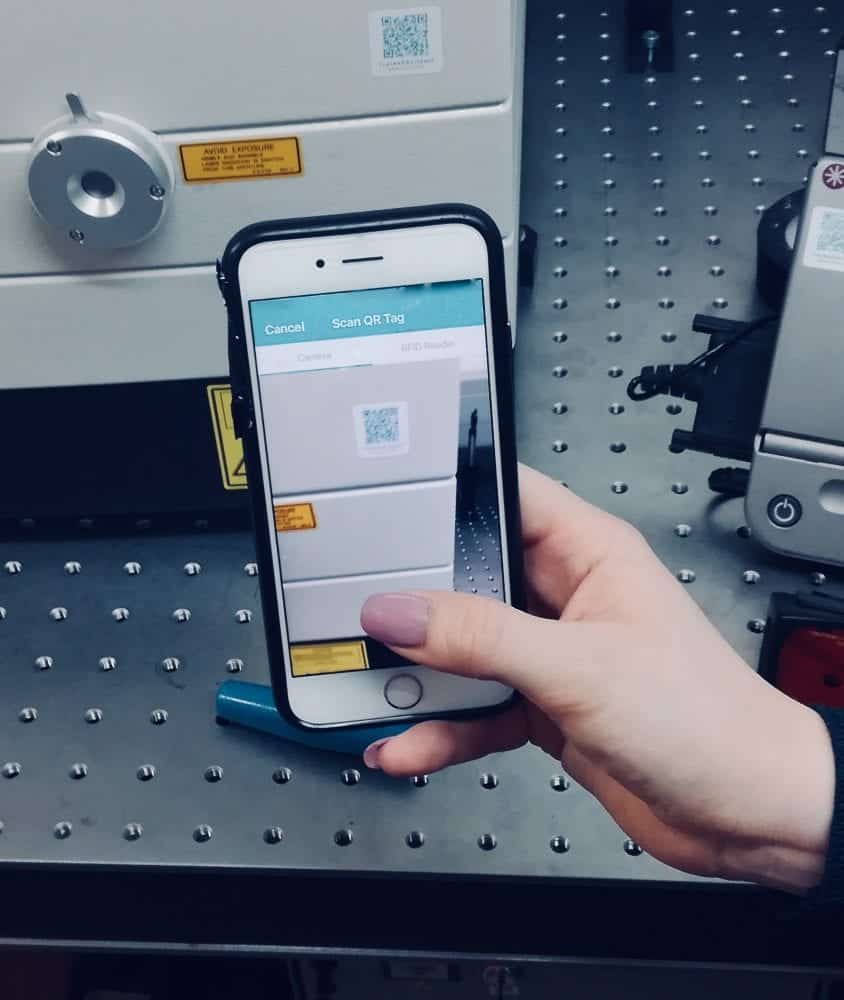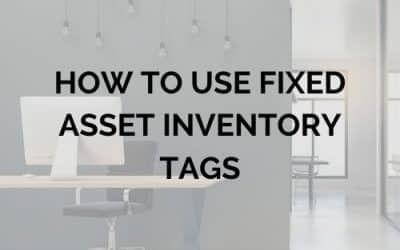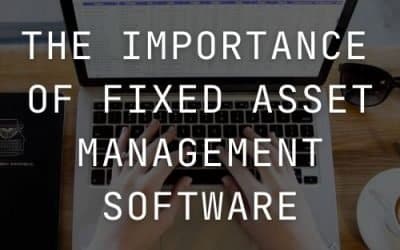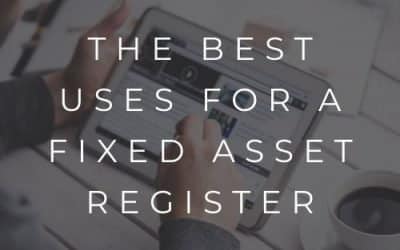Can using an IT asset management system be useful for your business? read this article now to find out just how advantageous it can be!
Why Your Business Should Use Asset Tags
Why Your Business Should Use Asset Tags
Imagine if you referred to your employees or team members as “employee no. 5” or “reception desk assistant” rather than their actual names. Weird, right? Why not use an individual’s own unique and beautiful name to mark their identity. Names make life so much easier! *laughs*
In the same way you can refer to each employee’s identity with their name or unique characteristics, why not do the same for your business assets? itemit has a way!
With asset tags, you can give each asset its own unique digital identity. So rather than confusing identical-looking keyboards with each other, you could identify them easily with asset tags: they are very useful and so much fun!
The Advantages Offered by Asset Tags
As is commonly known, asset tracking software has opened up new horizons for businesses worldwide. And asset tags are playing a vital role in unlocking these new possibilities.
The benefits of asset tags share a common quality with the universe: they’re constantly growing.
Apart from the commonly known benefits, as we’ll discuss below, there are many more creative ways to use asset labels. New companies that utilise asset tracking technology introduce innovative ways of using the system, which keeps adding to the never-ending list of its benefits.
Each Asset Gets a Unique Identity
Your business assets are only the second-most important part of your enterprise after your workforce. So like referring to employees with their names is better, so is the case with assets.
Installing an asset tag on an item is like giving an employee an ID card. Just scan the tag with a camera or RFID reader and you’ll get all information on the asset in a jiffy. This functionality is especially useful for companies that work with multiple identical-looking assets.
For instance, differentiating computer screens of the same model and make is almost impossible. More often than not, employees tend to mix up such assets during repairs and maintenance which can lead to a lot of hassle. Not only that but you lose sight of each individual asset’s unique historical life. Asset tags put an end to this.
Reduce the Risk of Human Error in Asset Tracking
Even if you’re using an asset tracking software, you might end up updating asset details on the wrong asset profile. This usually happens with assets that look the same.
For instance, if you have two printers of the same model and one of them needs to be repaired, you might end up marking the other one for repairs. Differentiating identical assets from each other is much easier with asset tags.
This way you can mark the right printer for repairs. When the repair team comes to pick up the printer, they can also scan the tag so they’re sure they take the right device for repairs. All in all, asset tags will reduce the risk of errors and improve asset tracking processes significantly.
Brand Recognition with Asset Tag Customisation
itemit gives you the option to customise your asset tags. This means you can add your company’s logo, moto or contact number on the tags.
Apart from serving as a great marketing tool, you could also include other useful information on the tag. Asset tags can be personalised to have a serial number or ownership details. Better yet, you could add your contact number on it to call if someone finds a lost asset.
To get your custom tags quote, reach out at team@itemit.com.
A Cheap Way to Instantly Boost Workplace Productivity
Every business owner wants to know the cost of investment when trying out something new for cost-benefit analysis. This is where a crucial question has to be asked: Whether or not an idea will generate a good return on investment?
As much as they are useful, you’d be surprised to know that asset tags don’t require a substantial investment. Asset tags are a very low cost solution, and the benefits of using them outweigh the costs by tons.
Only the more advanced asset tags, like RFID asset labels, are more expensive.
Small and medium businesses can get started with low-cost QR asset tags right away. You start reaping the benefits of asset tagging from day one, but once you discover its full potential, you’ll be glad you made this decision.
Meet itemit’s Asset Tags
itemit offers a variety of asset labels featuring different functionalities, sizes, materials and costs. You could go for vinyl QR code stickers that come in 23mm square and are great for indoor assets like hardware and office stationery.
We also have anodised aluminium QR asset tags that are better suited for outdoor use and can withstand the effects of the elements. Last but not least, itemit’s RFID asset labels are of the most sophisticated sort. These are great for discreet tagging of high-value assets.
To find out more about itemit’s tags, you can contact the team at team@itemit.com. You can also start your very own 14-day free trial by filling in the form below.
Play tag with your assets!
Asset Tags
Choose a better way to track your assets
Start your free 14-day trial now
Instant access. No credit card details required.
Related articles
The Advantages Of Using IT Asset Management Software
Increasing The Lifespan Of Construction Equipment By Using Asset Tracking Software
Asset tracking software can realistically increase the lifespan of your construction equipment. Read this article now to find out how!
How To Boost Business Operations With Asset Tracking Software
Device inventory management can help you boost your business operations when using asset tracking software. Read this post now to find out how!






